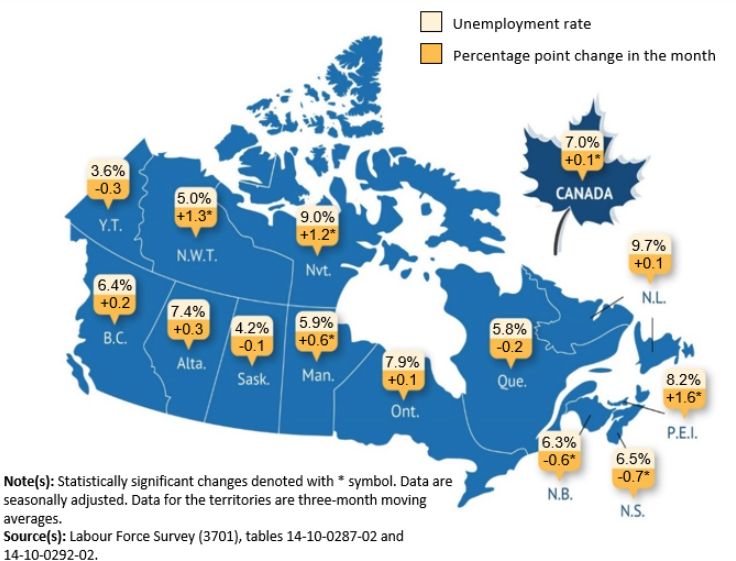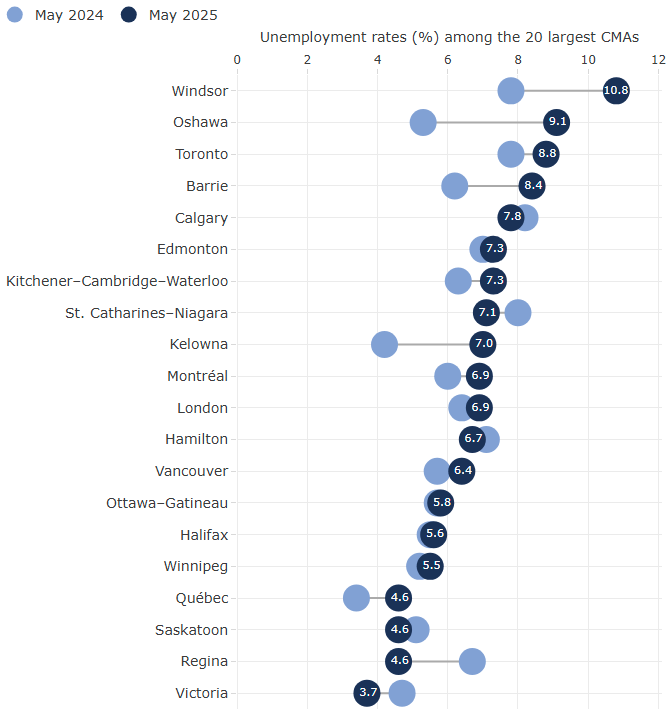Search VernonNow
- Video
- Biz+Tech
- Food + Lifestyle
- Cannabis
- Real Estate
- Sports
- Weather
- Contests
- Music
- Events
- More
- Level Up
- Advertise
Array
(
[Site] => Array
(
[id] => 7
[url] => www.vernonnow.com
[name] => VernonNow
[created] =>
[modified] => 2025-04-14 15:04:43
[is_ecommerce] =>
[google_id] => UA-137574845-5
[timezone] => America/Vancouver
[logo] => vernonnow.png
[logo_white] => 5de066d6-5c10-4a84-8545-5a3dd8b0b5a6.png
[merchant_id] =>
[weather_id] =>
[facebook_api_key] => 383103021885617
[facebook_app_secret] => 893022e3d53ed29520462904fb7dfb58
[rottentomatoes_api_key] =>
[city] => Vernon
[url_nice] =>
[background_image] => 601039c81d521.png
[background_start] => 2021-01-26 00:00:00
[background_end] => 2021-01-26 23:45:00
[background2_image] =>
[background2_start] => 2019-11-28 00:00:00
[background2_end] => 2019-11-28 00:00:00
[alert] =>
[square_logo] =>
[spring] =>
[summer] =>
[fall] =>
[winter] =>
[homepage_id] => 802
[show_in_navigation] => 1
[navigation_slug] => desktop
)
)
1

















